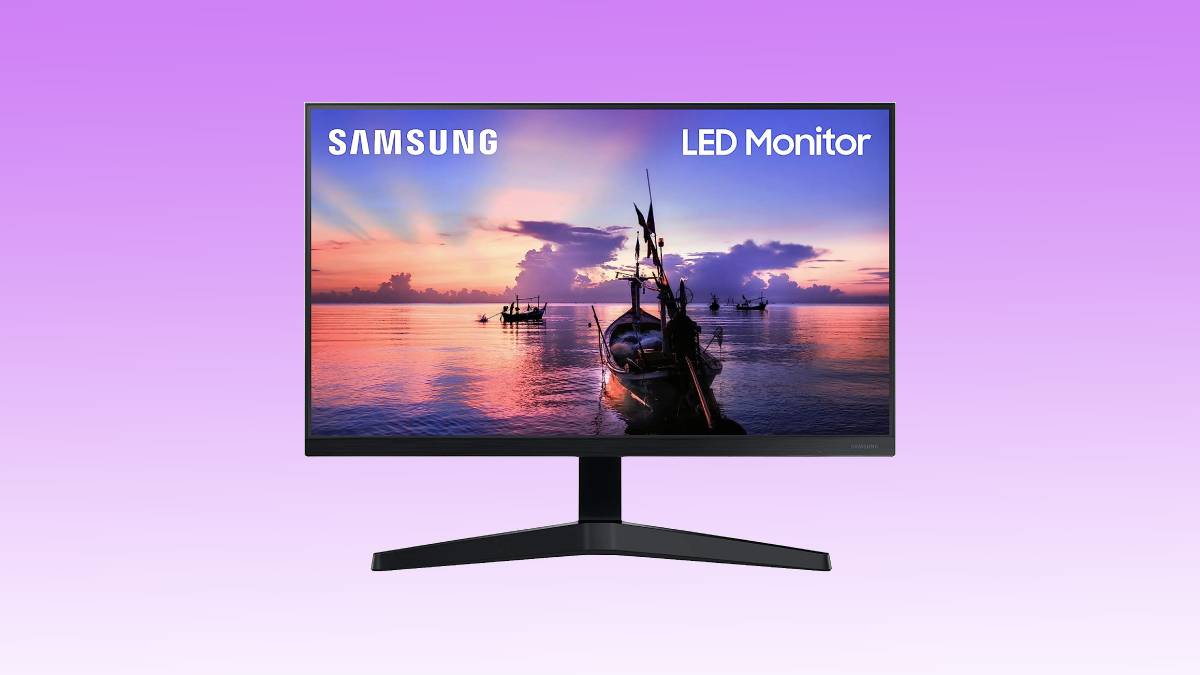

The debate over prime versus zoom lenses is one that echoes around most genres of photography but there are important and specific points to be made when discussing landscape astrophotography.
Zoom lenses provide the convenience of multiple focal lengths in a smaller, lighter, and probably cheaper setup compared to multiple prime lenses that would cover the same range. So despite the fact that my aching back hates me for carrying so much gear around, why is it that over 90% of my images are captured with primes?
Maximum aperture
The most influencing factor for me is found in the maximum aperture of the lens and this is where primes really shine over zooms.
Zoom lenses are quite the engineering feat. They’re a complex and carefully calculated train of lenses, some correcting the flaws of others, which bend and focus light onto the flat surface that is the camera sensor. But there’s an extra challenge in that most of the lenses must move in order to provide different focal lengths whilst trying to maintain good performance and the ability to quickly auto-focus throughout the zoom range. For this reason, most full-frame zoom lenses max out at an aperture of f/2.8; Anything wider would add serious complication in the design resulting in a drastic increase in size and weight.
Prime lenses on the other hand are designed for a fixed focal length. They have just one job and this allows a simpler and more specialised optical designs. The biggest challenge with creating a fast wide-angle lens is the need to correct a lot of aberrations which requires a lot of specialised glass but there’s room for this in the design of prime lenses, especially as the corrections don’t need to be made throughout a range of focal lengths.
Anyway, why do I find a lenses maximum aperture so important?
The wider the aperture, the wider the opening in the lens, the more light that reaches the sensor and this results in a brighter image with less noise, more detail and better colour rendition.
Ultimately, the more light you collect the less noise you will have in your image. Noise acts as a veil over your image, kind of like sheer curtains over your windows that reduce the detail and colour of the view outside.
But there is a caveat to using such wide apertures and this leads me to my next point.
Lens aberrations
Lens aberrations are imperfections in the way lens optics focus light. They can have a negative impact on many things including sharpness, colour, distortion, and focus. There are a few types of lens aberration that are of particular consideration when photographing a night sky. Stars are pin-point sources of light that take up a mere few pixels and they also provide a glaring indicator for any lens aberrations such as:
Coma (Comatic aberration): distorts the stars, especially those in the corners of the frame, making them look like comets.
Astigmatism: can add “wings” and a “tail” to the stars particularly in the corners of the frame making them look like birds (There are two forms of astigmatism which can be distinguished from the direction that the stars are stretched. Tangential astigmatism stretches the stars along a line that runs from the centre of the frame to the corners and sagittal astigmatism stretches them perpendicular to that).
Chromatic Aberration: often simply referred to as colour fringing can add an undesirable coloured edge around the stars.
What you need to know is that all lenses will exhibit their worst aberrations at their widest available apertures. Stopping down the lens will improve these often to the point of no longer being visible.
Finding a fast wide-angle prime lens that has barely any visible aberrations at its widest aperture is rather difficult. Some of the closest I’ve come across is the Sony 24mm f/1.4 GM (although it has some easily fixable purple chromatic aberration) and the Sigma 28mm f/1.4 and 40mm f/1.4 Art lenses. As such, I typically shoot with my primes at f/2 to f/2.8. But then you might ask, what’s the point in buying an expensive prime if you’re just going to stop it down.
The answer to that lies in another lens aberration called vignetting.
Vignetting
Vignetting is a reduction in brightness of the image at the edges of the frame. Again it’s another aberration that is at its strongest at the widest apertures of a lens. So when you stop down a lens the brightness across the entire frame begins to even out.
Both images captured at f/2.8, 25 secs and ISO3200. Notice how the Sony image is brighter, especially in the corners, thanks to the reduced vignetting from stopping the lens down.
The two images above were captured with exactly the same settings; f/2.8, 25 secs and ISO3200. On the left is the Tamron 17-28mm f/2.8 and on the right is the Sony 14mm f/1.8 GM stopped down to f/2.8. The Sony prime lens image is brighter, especially in the corners of the frame. This means the image will have less noise and more detail.
I appreciate in the previous example there was a slight difference in focal length so to prove that it had a negligible effect in that example, below are two images at 24mm with the same settings; XXXX. On top is the Sony 16-35mm f/2.8 GM and at the bottom is the Sony 24mm f/1.4 GM.
A lot of people are unaware that the aperture settings across different lenses do not equate to the amount of light they actually transmit. As we have seen, f/2.8 on a zoom lens can be much darker than f/2.8 on a prime lens thanks to the decrease in light transmission from vignetting. This is why videographers use lenses with T-stops which actually do equate the value to the light transmission so that editors can easily match the footage from different angles.
But here’s the thing, not many of my portfolio images are single exposures captured at the star trailing limit.
I will typically capture 2-3 minute exposures of my foreground, focus stacking if necessary and stitching a panorama if the scene is wider than my lens. I will then use a star tracker to enable 2-3 minute exposures of the sky without any star trailing.
So, how important is it to be able to capture bright, clean exposures at the star trailing limit of the shutter speed?
There are a few examples I can think of:
Aurora. This dynamic subject can often command a short shutter speed of 15, 10, 5, or even 1-second depending on how fast it is moving and its proximity to your camera. Any longer and it may just end up as a smudge of colour in the sky of your image, lacking any detail in the structure of its pillars and ribbons.
Timelapse. To create a timelapse you must capture hundreds of single exposures to later play back at a frame rate such as 25 frames per second in order to create a smooth looking video. When capturing astro timelapses you are typically limited to the star trailing limit of the shutter speed (as you want your stars to remain pin-point and round like you saw them with your naked eye) and so you would want your single exposures to be as bright and noise free as possible in order to produce a high quality timelapse with no noise.
Panoramas. If you are creating an astro panorama with single exposures (ie. without using a star tracker or longer exposures for the foreground) then you would want each exposure to be as bright and noise-free as possible in order to produce a high quality panorama.
Moving foreground subjects. Last year I was in Tenerife capturing the endemic Tajinaste flowers but sadly a light breeze was causing them to sway back and forth and so I wasn’t able to capture the usual 2-3 minute exposure without having any motion blue. Instead I captured a series of 20-second exposures for a few minutes and got lucky with a couple that had no motion. I had a similar situation trying to capture the Radio Antennae at the ALMA Observatory in Chile. The scopes would often move to new targets and track objects across the sky. They barely stay still and so I employed the same technique as I did with the Tajinaste flowers. Fortunately we now have amazing AI Noise Reduction software which does an amazing job of cleaning up noise but I think even those would struggle with such a short exposure from an f/2.8 zoom lens in such a dark environment.
Aurora at Jokulsarlon, Iceland.
The aurora often commands a fast shutter speed to capture detail in its structure.
Milky Way at the Atacama Desert, Chile.
Having a prime lens means the individual shots of a panorama are brighter and have less noise.
Tajinastes at Tenerife
I captured a series of 30-second exposures until I had one where the Tajinaste flowers were still.
Radio Antennae at ALMA Observatory
I used a 30-second exposure for the foreground as the scopes were frequently moving to different targets.
Careful of that dust!
If you’ve ever owned a Sony mirrorless camera you’ll know just how bad the sensor dust can get! Although newer models now close the shutter when the camera is off and you remove the lens, it still seems unavoidable. This is certainly one big advantage for the zoom lens; you don’t have to worry about taking the lens off in the field. This can be of great benefit especially when in a dusty environment with harsh conditions such as the beach or desert.
Size and weight
Another consideration of course is size and weight. Despite my back and legs hating me for carrying multiple prime lenses to some of the most remote regions of the planet, I personally find it worth the improvement in image quality.
Conclusion
When I purchased the Tamron 17-28mm f/2.8 I was curious to see if it would provide me with a lightweight solution that I may default to for serious mountain hikes or times when weight is an issue, such as the ever decreasing weight limit on cabin baggage these days. But with a zoom lens I barely find myself zooming away from its widest focal length anyway! I always just think to myself, “Ah I’ll shoot wide and crop later if need be.” So if weight was a serious issue, I think I’d just end up taking a 20mm prime as a one-lens-does-it-all solution as over 90% of my images in the genre of landscape astrophotography sit between 14 and 24mm.
That said, if you have worse physical issues than me then size and weight consideration may carry more importance than a small increase in image quality.
But I’m curious to know your personal experience. Do you prefer primes over zooms? And what’s your one favourite lens of all time for Milky Way and landscape astrophotography?






